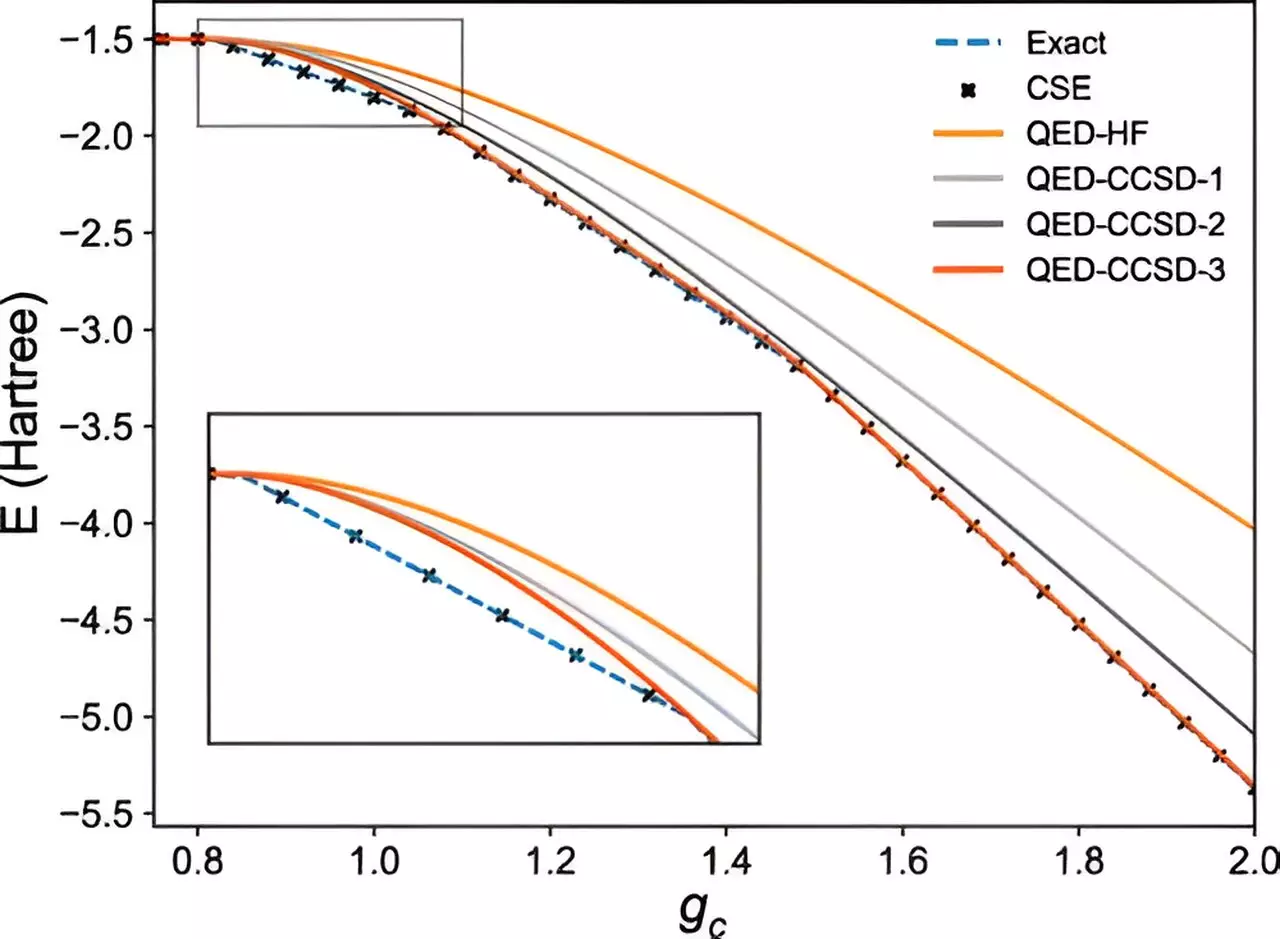The study coordinated by the University of Trento in collaboration with the University of Chicago presents a revolutionary approach to the interactions between electrons and light. This research has significant implications for the development of quantum technologies and the exploration of new states of matter. By understanding the intricate relationship between quantum particles, scientists can uncover new molecules and materials that have the potential for groundbreaking technological and medical applications.
One of the key areas of focus in this field is polaritonic chemistry, where light is used as a catalyst to induce new chemical reactions. When molecules or compounds interact with light, it triggers a transformation in their physical properties. This emerging field holds immense promise for creating novel chemical reactions and synthesizing new quantum matter. The ability to manipulate light-matter interactions opens up avenues for innovative research and experimentation in the realm of quantum physics.
Quantum systems involving multiple elements, such as electrons, photons, and phonons, pose a significant challenge due to their complex nature. Calculating the wave function of such systems, which contains vital information for predicting the behavior of various types of quantum particles, is an intricate endeavor. The researchers from the University of Chicago, led by Carlos Leonardo Benavides-Riveros and David A. Mazziotti, addressed this challenge by developing a theoretical framework to predict interactions in many-body quantum systems on a quantum computer.
The researchers introduced an “ansatz,” a theoretical prescription, to analyze interactions among different types of quantum particles in a unified manner. This innovative approach enables the generation of precise prescriptions for many-body quantum systems, facilitating the creation of exact wave functions when implemented on quantum devices. By employing a universal quantum algorithm on an IBM quantum computer, the researchers achieved zero theoretical error, marking a significant advancement in quantum computing capabilities.
The breakthrough achieved in this study has far-reaching implications for the study of quantum systems and states of matter. By incorporating particles beyond electrons, such as photons, into the analysis, researchers gain deeper insights into the structure of wave functions and the physical properties of quantum matter. This holistic approach broadens the scope of research in quantum physics and lays the foundation for investigating unique phenomena that arise from light-matter interactions.
The researchers emphasize that the developed ansatz is particularly well-suited for quantum computers, offering new opportunities to model complex molecular problems related to light-matter interactions. This advancement opens doors for leveraging quantum computing in the field of polaritonic chemistry and exploring the diverse applications of quantum technologies. With the ability to accurately predict and manipulate quantum interactions, scientists are poised to unlock unprecedented discoveries and advancements in the realm of quantum physics.


Leave a Reply